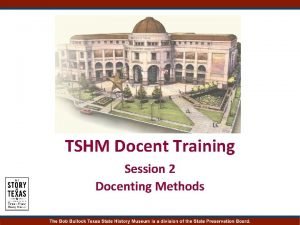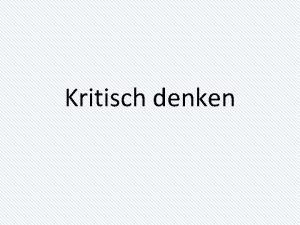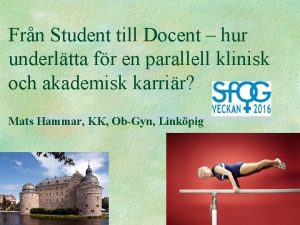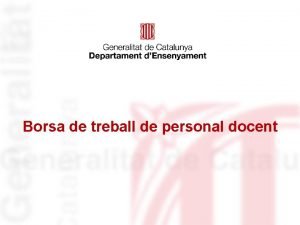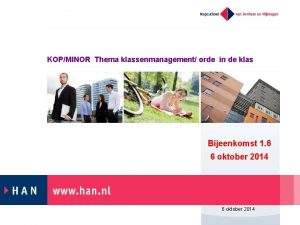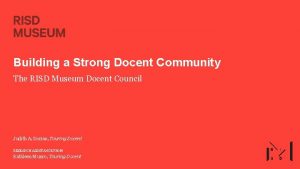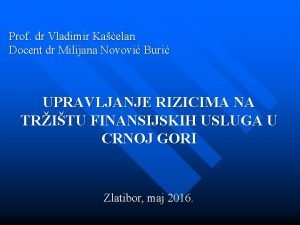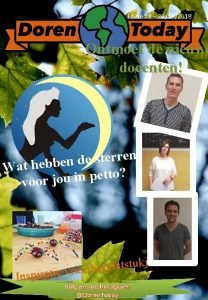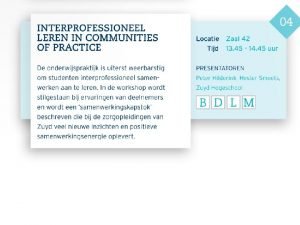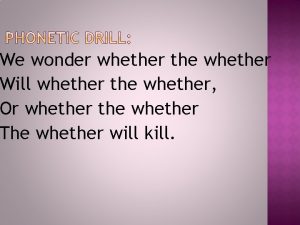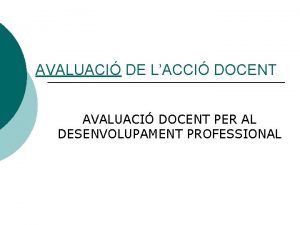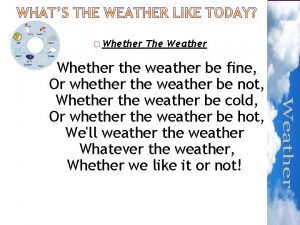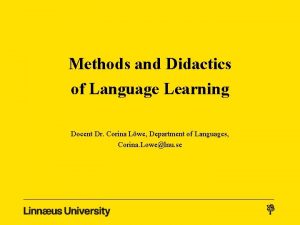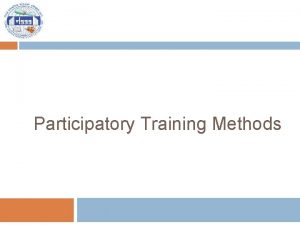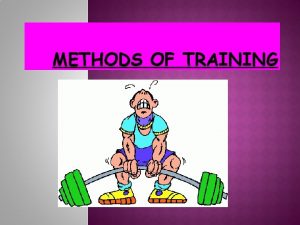TSHM Docent Training Session 2 Docenting Methods Whether












- Slides: 12

TSHM Docent Training Session 2 Docenting Methods

Whether you are a docent in an art museum or a science museum, a botanical garden or historical site, conducting a successful tour is an art. -National Docent Symposium Handbook

It is not important how many objects visitors look at or how much information you provide— the importance lies in their developing observation, thinking and communication skills. In order to successfully guide visitors into developing these skills, you should master a series of questioning strategies. -National Docent Symposium Handbook

Why Should You Ask Questions on Your Docent Tour? • Initiate involvement and active participation • Combine listening and speaking skills • Shift attention from docent to object • Set agenda • Provide context

Methods of Docent Presentations • Visual Thinking Strategies (VTS) • Expected Outcomes • Object-Based Learning • Observation-Based Tours

Visual Thinking Strategies is a teaching method which helps students to develop visual and language literacy and critical thinking skills. By using VTS, students learn to contribute to a thoughtful debate amongst a group of peers. A similar method of docenting can be used when talking about artifacts and history. VTS is a good way to get the conversation, but would NOT be a good way to do your entire tour.

How It Works Docents use three open-ended questions: • What is happening with this object…artifact…recreated environment… • What do you see that makes you say that? • What more can we find? 3 Facilitation Techniques: • Paraphrase comments neutrally, repeating what the previous person has just stated. • Point at the area being discussed. • Link contrasting and complementary comments. Tour Participants are asked to: • Look carefully at works of art or objects • Talk about what they observe. • Back up their ideas with evidence. • Listen to and consider the views of others. http: //www. vtshome. org/pages/videos

Expected Outcomes In Expected Outcomes, the desired outcome is selected first and the dialogue is created to support the intended outcome through a series of questions. This process is learnercentered, and is very appropriate for children and adults.

Types of Questions That Work to Create Expected Outcomes • Who is it? • What is it? • When was it made? • What is it made out of? • What is it used for? • What do you think? • Why would (fill in the blank) have done that? • How can you tell?

Object-Based Learning & Observation Based Tours By exploring material culture (art, artifacts, specimens, documents, etc. ), people can learn about the object and its relationship to other objects, people, eras and ideas. RReading an Object Exercise

Types of Questions That Work in Object-Based Learning • How was it made, and by whom? And why? • What can we tell about the time during which it was created? • Would it have been created today? • How would it be used in a story? Or what story is the object telling? • How could a person today use this object? The possibilities for questions are endless.

Balancing Information with Your Presentation Thank you for attending this Docent Training Session!
